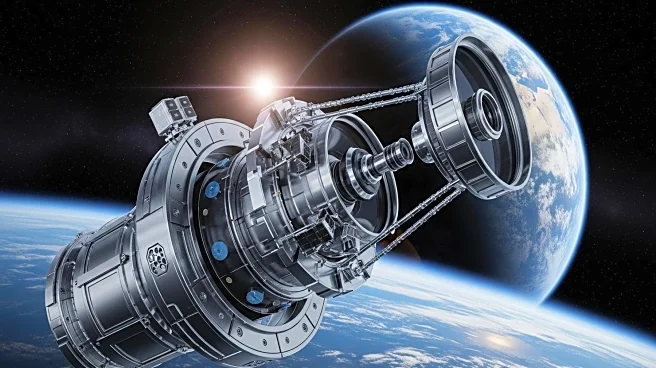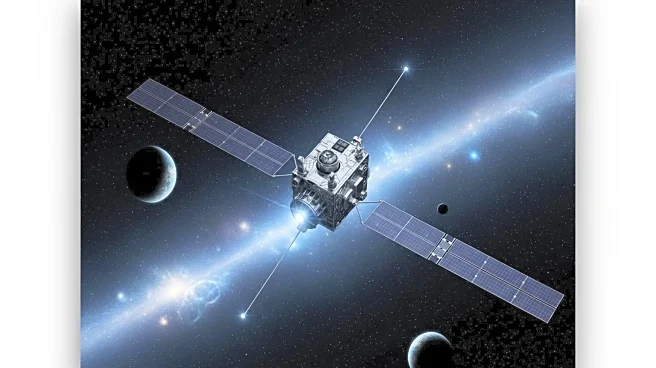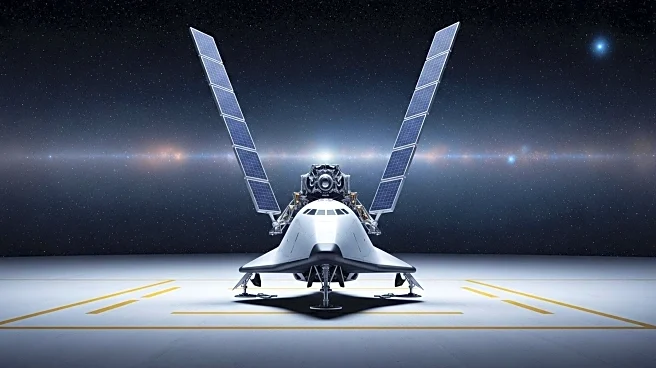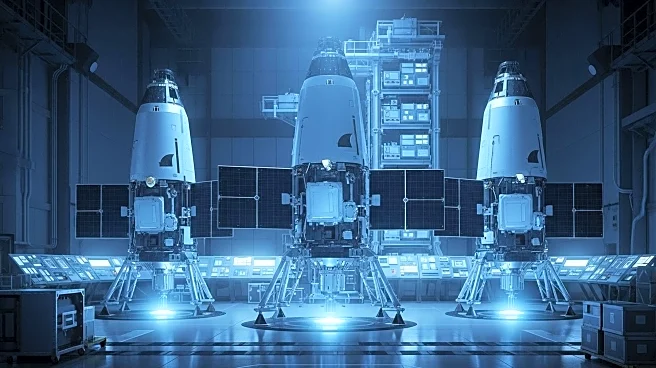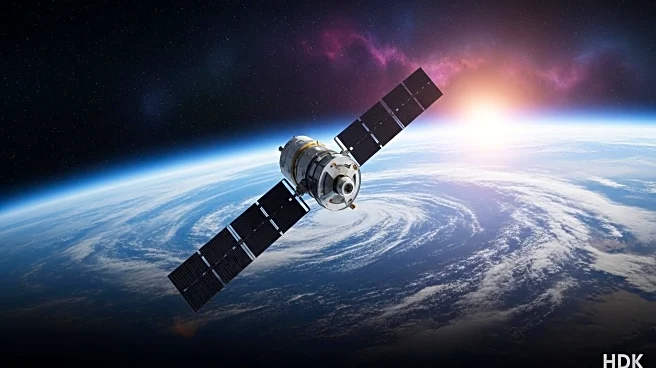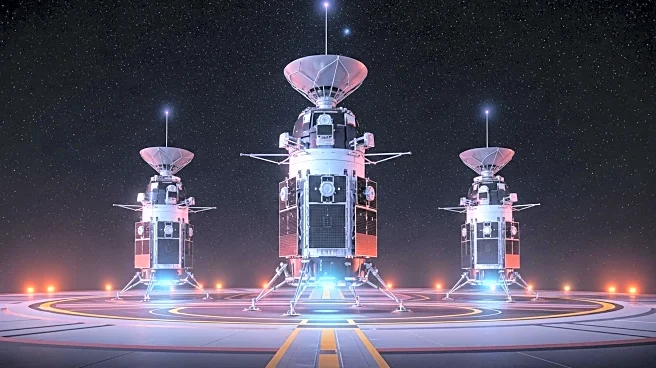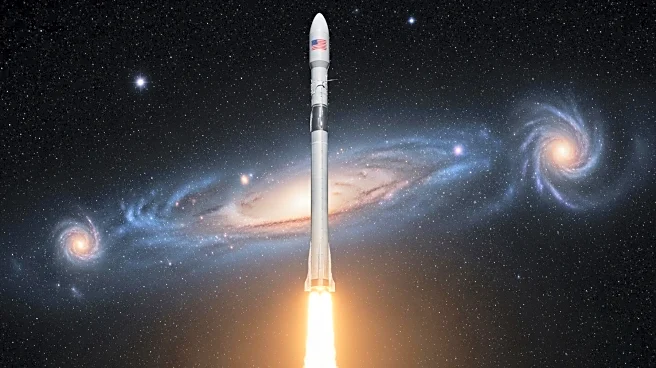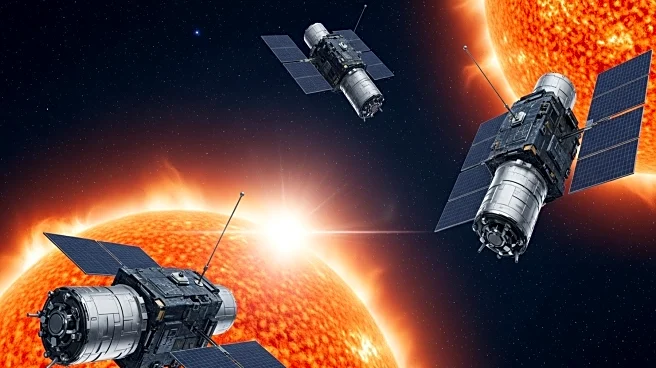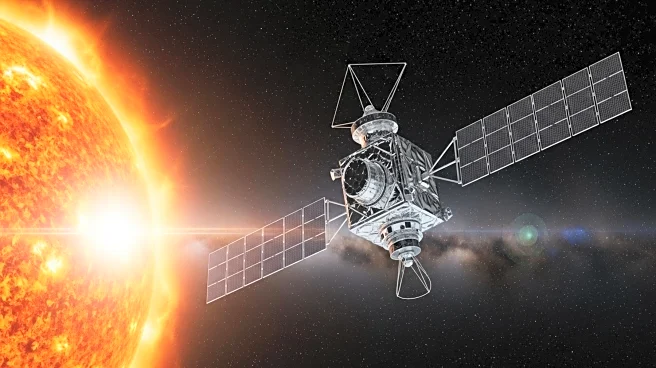What's Happening?
NASA's Carruthers Geocorona Observatory has been successfully deployed from SpaceX's second stage and is on its way to Lagrange point 1. The observatory will study Earth's exosphere, the outermost layer of the atmosphere, which plays a crucial role in Earth's response to space weather. The mission aims to understand the exosphere's shape, size, and density, and how these aspects change over time. The observatory will provide insights into the fundamental physics of Earth's atmosphere and improve predictions of space weather impacts on technology.
Why It's Important?
The Carruthers Geocorona Observatory's mission is significant for understanding space weather, which can affect satellites, communication signals, and power grids. By studying the exosphere, scientists can gain insights into how space weather impacts Earth's technology and infrastructure. The mission will enhance our ability to predict and mitigate the effects of solar activity, which is crucial for maintaining the reliability of technological systems. The observatory's findings could lead to advancements in space weather forecasting and improve the resilience of critical infrastructure.
What's Next?
Mission operations managers at the Space Sciences Laboratory at the University of California, Berkeley, will attempt to acquire a signal from the Carruthers Observatory. The data collected by the observatory will be analyzed to improve our understanding of the exosphere and its role in space weather. The mission's success could lead to further research and development in space weather prediction, benefiting industries reliant on satellite technology and communication systems.

